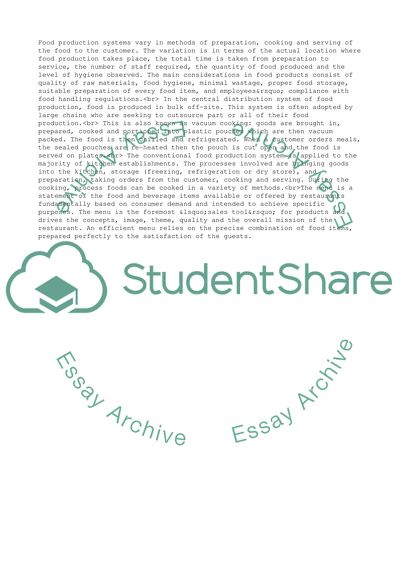Cite this document
(Food and Beverage Operations Management Assignment - 1, n.d.)
Food and Beverage Operations Management Assignment - 1. Retrieved from https://studentshare.org/management/1619234-food-and-beverage-operations-management-unit-5
Food and Beverage Operations Management Assignment - 1. Retrieved from https://studentshare.org/management/1619234-food-and-beverage-operations-management-unit-5
(Food and Beverage Operations Management Assignment - 1)
Food and Beverage Operations Management Assignment - 1. https://studentshare.org/management/1619234-food-and-beverage-operations-management-unit-5.
Food and Beverage Operations Management Assignment - 1. https://studentshare.org/management/1619234-food-and-beverage-operations-management-unit-5.
“Food and Beverage Operations Management Assignment - 1”, n.d. https://studentshare.org/management/1619234-food-and-beverage-operations-management-unit-5.


